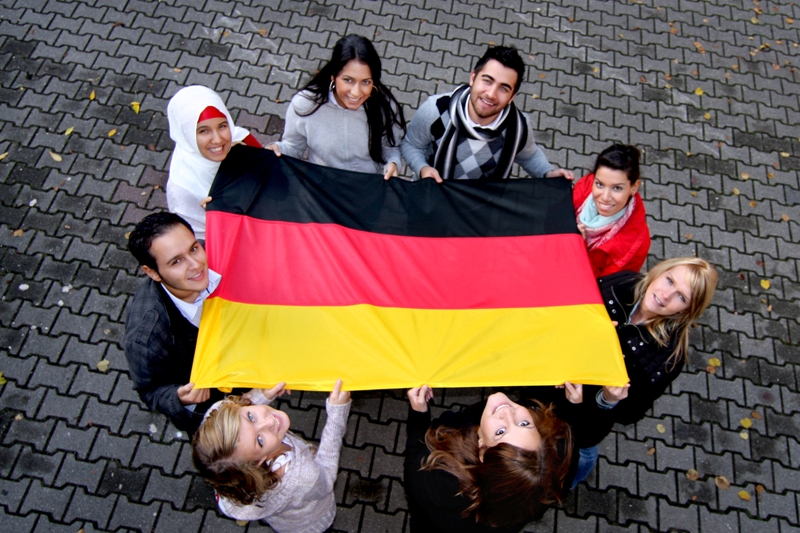
The new Baylor Religion Survey finds the emergence of “Trumpism,” a form of Christian influenced nationalism and a widespread fear of religious “others.” The survey, which is the fifth wave of the study and was conducted among 1,501 respondents earlier this year, found that beliefs about God were related to their support of the presidency of Donald Trump and the related issues of as immigration and Islam. Those who believe in an authoritative God who is actively engaged in world affairs tend to view the United States as a Christian nation, see Muslims as threats to America, value “gender traditionalism,” and oppose GLBT rights. The Baylor researchers found a fear of “others” among many respondents. Depending on their perspective, people may fear liberals or conservatives, Muslims or conservative Christians, or others who differ from themselves. The most feared religious groups were found to be, in order, Muslims, atheists and conservative Christians. The latter group was feared because they are thought to want to limit the freedom of others. The survey also found that nearly half of Americans are certain they are going to heaven, and that a majority of people say they have never used the Internet to find spiritual content or share their religious views.
(The Baylor Religion Survey can be downloaded at: http://www.baylor.edu/BaylorReligionSurvey)
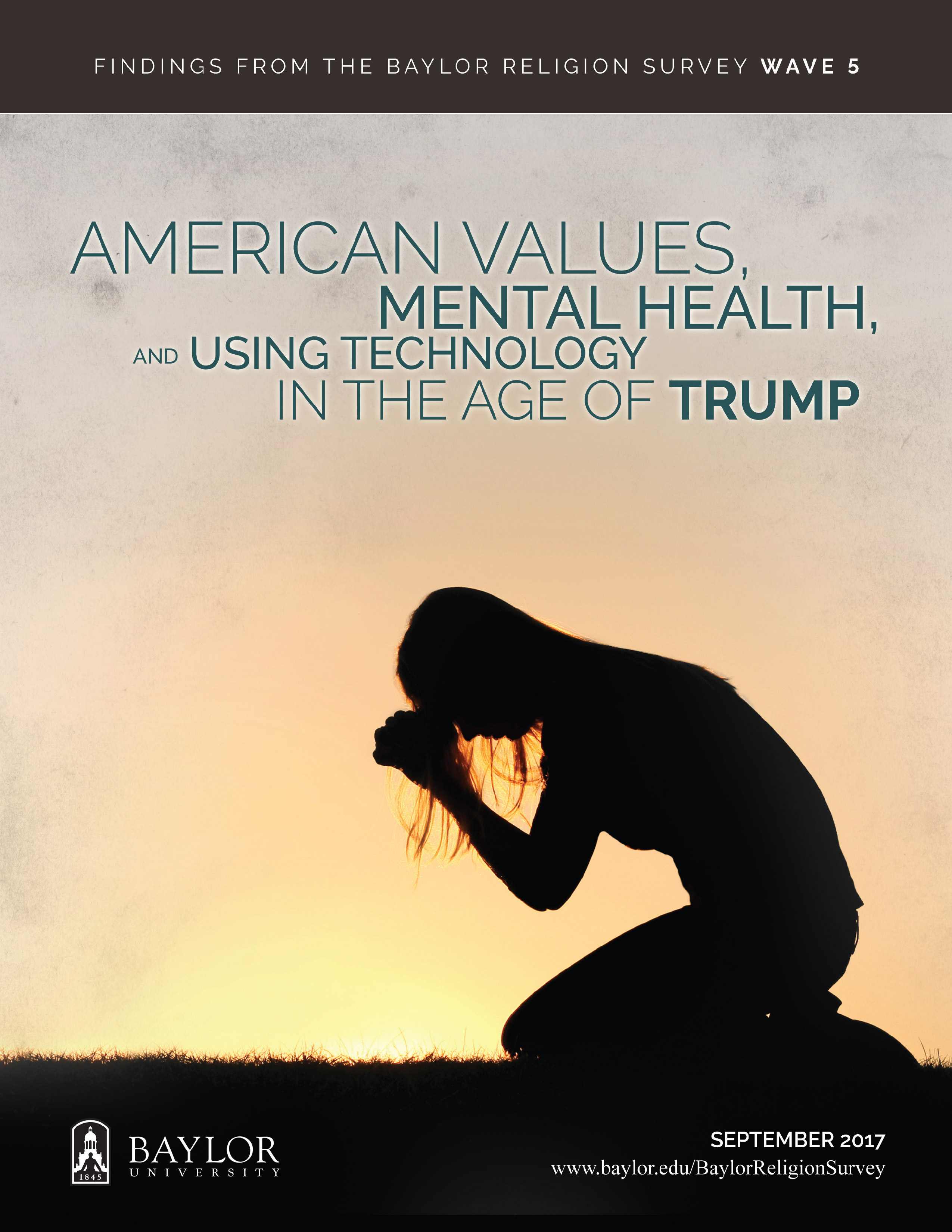
Christians who see religion as important are more likely to see a connection between immigration and crime and thereby seek punitive measures for immigrants, such as deportation, according to a study by Scott Desmond of Indiana University-Purdue University. At the meeting of the Association for the Sociology of Religion in Montreal, Desmond presented a paper using data from Chapman University’s 2014 American Fears Survey, with 2,000 respondents. He found that Protestant and Catholics, particularly those who identify as the former and just as “Christian,” are more likely than the non-religious to see this crime-immigration connection. But Desmond also found that those who attend services regularly are less likely to see this connection and to favor such measures as deportation. Those identifying as “Protestants” and “Christians” were also more likely to see immigrants as prone to crime and bringing other threats to the U.S., such as spreading disease. Desmond noted that decades of social research suggest a weak connection between more immigration and greater crime and concluded that “religious beliefs may influence perceptions about immigrants and shape policies.”
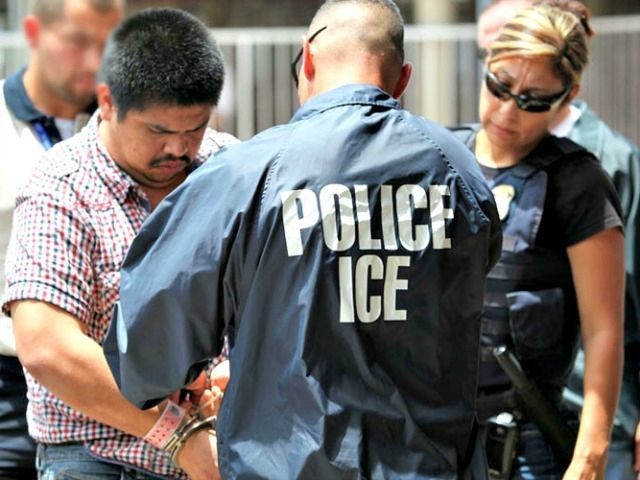
Asian and Hispanic evangelicals are less likely to embrace the agenda of President Trump than white evangelicals, and the difference may be due to the latter’s perception that they are being discriminated against, according to a paper presented at the meeting of the Association for the Sociology of Religion in mid-August, which RW attended. Janelle Wong of the University of Maryland drew on a cooperative survey of 10,000 respondents consisting of voter panels (although not truly random because of the small populations of Latino and Asian evangelicals), finding that there was division over aspects of the Republican agenda. While Latino and Asian evangelicals lined up with their white counterparts on opposition to same-sex marriage and abortion, they differed on a range of social issues, including immigration and climate change. Wong sees the difference between white evangelicals and their ethnic counterparts hinging on the former’s perception that they are discriminated against by the wider society. On the question of whether they face discrimination, 57 percent of white evangelicals and 37 percent of white non-evangelicals agreed. Those who agreed with that position were more likely to take the conservative position that immigration hurts the economy. Asian and Latino evangelicals were less likely to hold this position. But those that did agree that they were discriminated against as evangelicals were more likely to take conservative social positions.
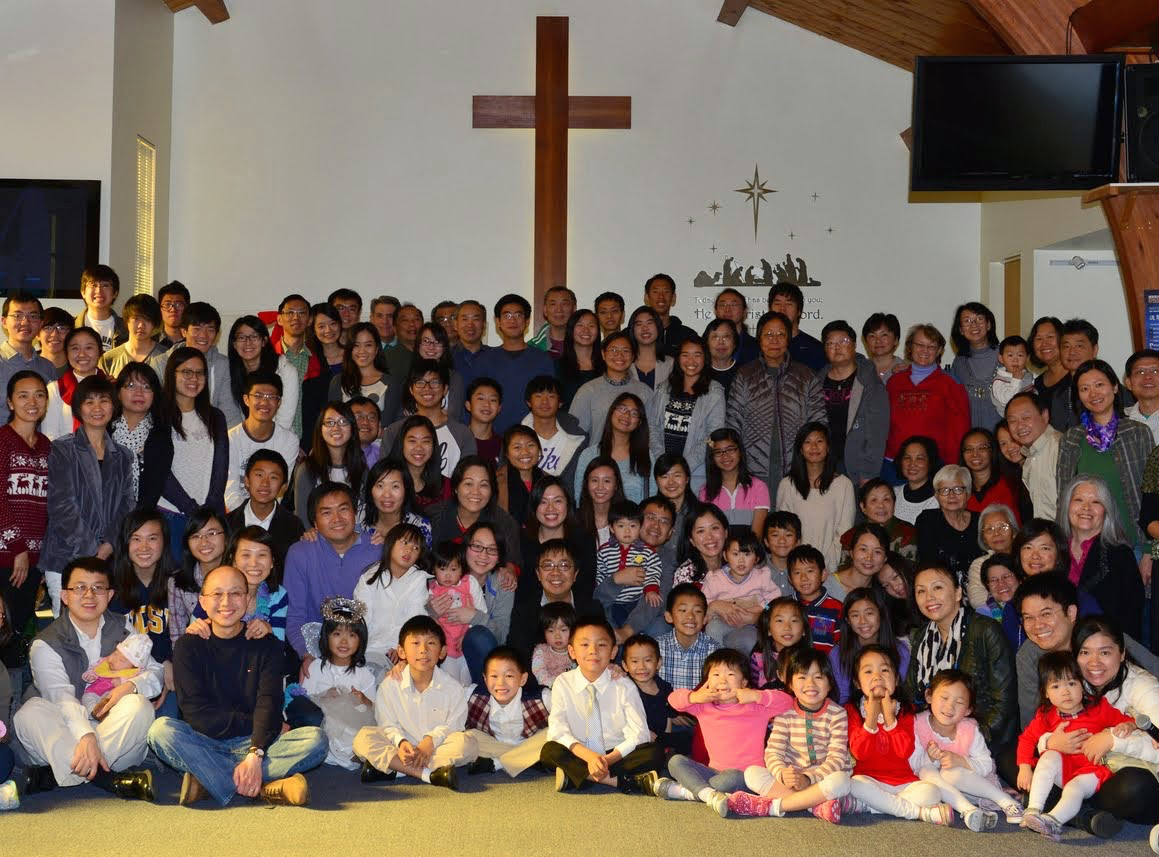
The average number of congregations in the U.S. appears to have increased sharply by 2006 and then leveled off to about 384,000 by 2012, according to a new estimate by Simon Brauer of Duke University. Writing in the Journal for the Scientific Study of Religion (June), Brauer analyzes all three waves of the National Congregations Study (1999, 2006, and 2012), which he writes has advantages over studies that used 2008 figures as well as those based on denominational self-reporting and public listings. He estimated the total number of congregations in 1998 by dividing the total number of congregations in denominational reports considered reliable by their proportion in the National Congregations Study. He found the number started out at 336,000 in 1998, then sharply grew to 414,000 in 2006, and then leveled off to 384,000 in 2012. His 2006 estimate conflicts with other estimates for that period because Brauer took greater account of non-denominational churches, which grew during these years but have since stabilized.
(Journal for the Scientific Study of Religion, http://onlinelibrary.wiley.com/doi/10.1111/jssr.2017.56.issue-2/issuetoc)
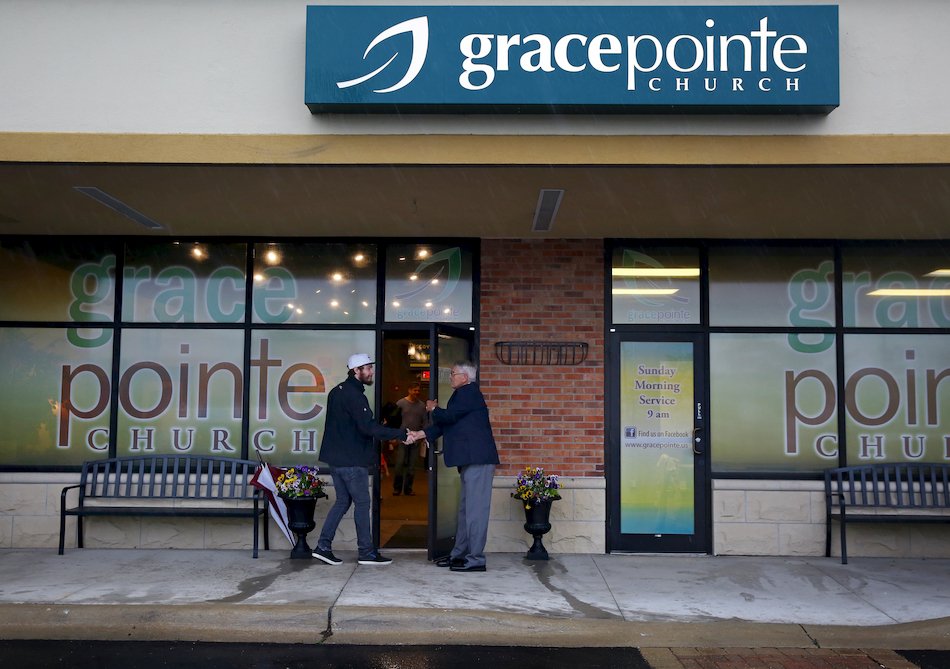
Both non-affiliated and non-denominational churches are drawing African-Americans, while middle class blacks are attending services more than in previous decades, according to a paper presented by Jason Shelton of the University of Texas at the recent meeting of the Association for the Sociology of Religion in Montreal. Shelton looked at data from the General Social Survey from 1972 to 2016, focusing on the shifts between traditional black churches and those from outside this tradition. He found that affiliation with traditional black churches declined from 57 percent to 45 percent of African-Americans. Non-denominational church affiliation increased from 1.0 percent in 1972 to 11 percent in 2016. The non-religious category grew from 4.3 percent to 17 percent. Within the middle class, the changes were somewhat similar, though the traditional Baptist affiliation grew from 40 percent to 50 percent, while Methodist affiliation declined dramatically from 35 percent to 11 percent. Non-denominational Christian affiliation increased from 5.0 percent to 17 percent. Those with no religious preference went from 0.0 percent to 11 percent. Yet middle class churchgoing is increasing, with a decline of those going once a year (from 34.7 percent to 26.8 percent) and a 6.4 percent increase among those going at least once a month.
Shelton also looked at the percent of members of African American denominations who linked racial inequality to either discrimination or personal motivation. There has been a significant decrease of those agreeing that inequality is linked to discrimination and a growth of those claiming motivation is more significant in sustaining such conditions. For instance, 76.5 percent of black Baptists said that discrimination was the cause of racial inequality in the late 1980s compared to 62.4 percent saying the same in recent years. Further, 38.2 percent of the Baptists agreed on the role of motivation in causing inequality in the late 1980s compared to 56.4 percent in recent years. Shelton concludes that there is no longer a monolithic black church and that class differences shape religious affiliations.
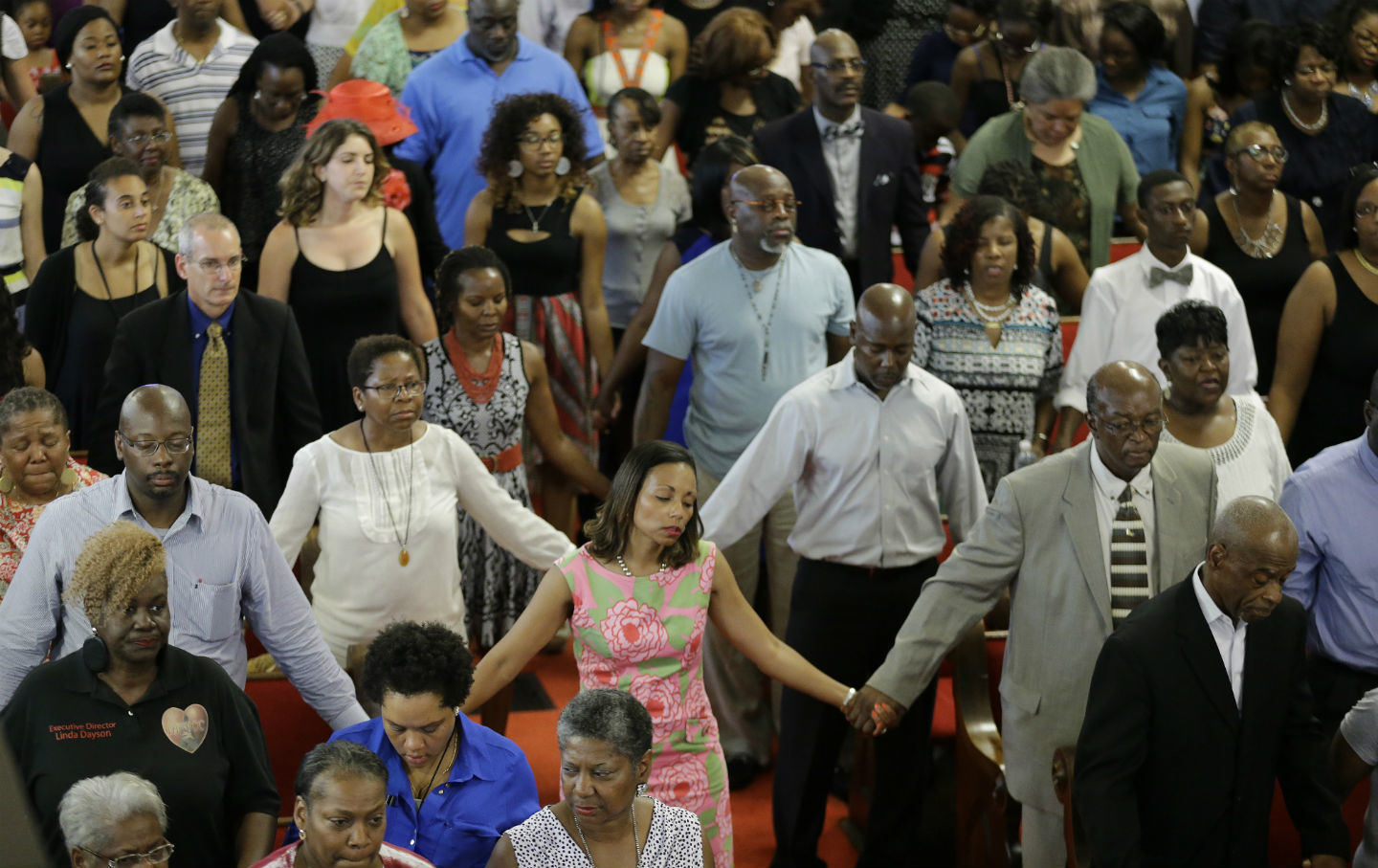
About one in 10 Protestant churches has had someone embezzle funds, according to a survey from LifeWay Research. The survey of 1,000 Protestant senior pastors found that 9 percent of pastors say that their church has had funds embezzled. Ninety-one percent say they are not aware of any embezzlement. Baptist Press (August 3) reports that the study finds that Church of Christ ministers are more likely to say their church had funds embezzled (16 percent) when compared to Baptist (7 percent) or Presbyterian/Reformed pastors (6 percent). Pastors of mid-sized churches—those with between 100 and 249 members—are less likely to say funds had been embezzled (6 percent) than those with 250 or more members (12 percent).
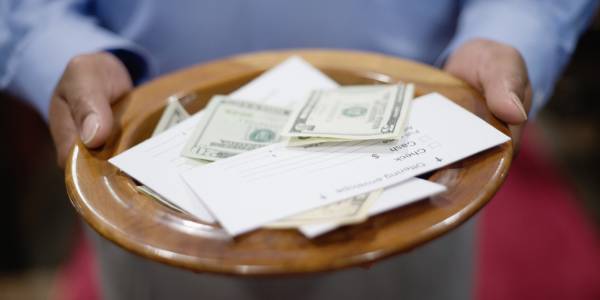
Muslim women tend to be more pessimistic about their place in U.S. society than Muslim men, according to an analysis from the Pew Research Center. Pew’s new survey of American Muslims finds that more Muslim women than men say it has become more difficult to be Muslim in the U.S. in recent years (57 percent versus 43 percent). The survey found that Muslim women are more divided on acceptance of their place in society at large than are men. Only half (52%) of Muslim women say they feel connected and have a lot in common with most Americans, and 44 percent view the American people as friendly toward Muslim Americans, compared with two-thirds of Muslim men on these statements. Eight-in-ten Muslim women (83 percent) say there is a lot of discrimination against Muslims, compared with a smaller share of men (68 percent), a finding which may be explained by the requirement that women wear Islamic head covering in public.
(Pew’s Survey on Muslims can be downloaded at: http://www.pewforum.org/2017/07/26/findings-from-pew-research-centers-2017-survey-of-us-muslims/)
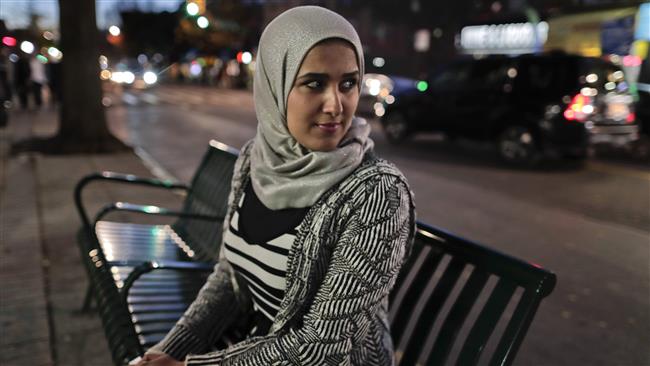
A study led by Elaine Howard Ecklund of Rice University calls into question the ideas that scientists operate with a model of inherent conflict between religion and science and that scientists serve as a vanguard of secularization. Ecklund, along with Daniel Bolger and Robert Thomson Jr., presented a paper at the recent meeting of the Association for the Sociology of Religion that featured a large, first of its kind study of scientists and religion among scientists around the world. The survey of 22,525 scientists from France, Hong Kong, India, Italy, Taiwan, Turkey, the United Kingdom, and the United States found low rates of religiosity (measured by religious service attendance, prayer observance, and belief in God) among scientists as compared to the general populations in Western countries. But in India, Taiwan, and Hong Kong, the scientists tended to be more religious than the general population.
The highest rates of religious faith were found among scientists in Italy, Taiwan, Turkey, and India. Ecklund and colleagues found that the popular perception of intrinsic conflict between science and religion were only “minimally reflective” of the perceptions scientists held themselves. The idea that scientists are at the vanguard of secularization was challenged by the fact that more than half of scientists in four of the regions examined identify as at least “slightly religious.” And either a significant minority or a majority of scientists in all of the regional contexts but France claim belief in God without doubts.
(An introduction to Ecklund’s project and its findings [from which some of this article draws] is published in the open access journal SOCIUS and can be downloaded from: http://journals.sagepub.com/doi/full/10.1177/2378023116664353)
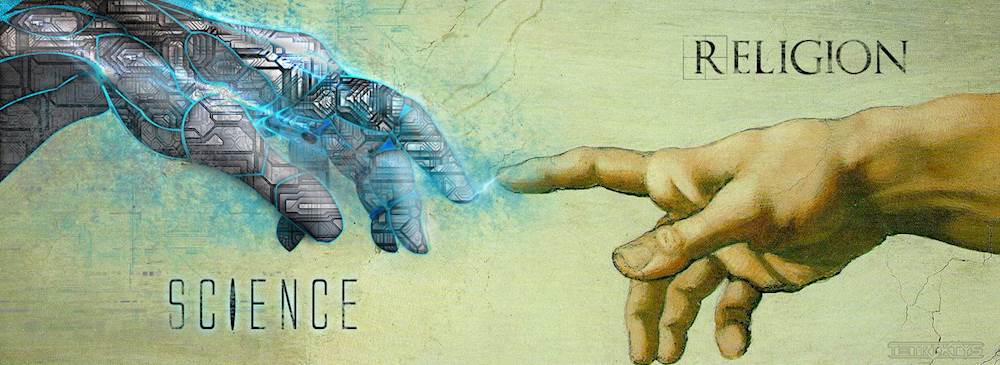
Protestant-Catholic differences spurred by the Reformation have significantly weakened in the eyes of many Europeans, according to a new survey by the Pew Research Center. The survey found that only a minority believes a key Reformation concept of faith alone being necessary for eternal life. In fact, majorities or pluralities of both Protestant and Catholic groups say that both faith and good works are necessary to get into heaven—which is the traditional Catholic position. As might be expected, those who say they take religion seriously are more likely to agree with the specific teachings of their respective faith traditions. Five centuries after the Reformation, Catholics form the largest group throughout the Western European countries surveyed.
(The Pew survey can be downloaded by visiting: http://www.pewforum.org)
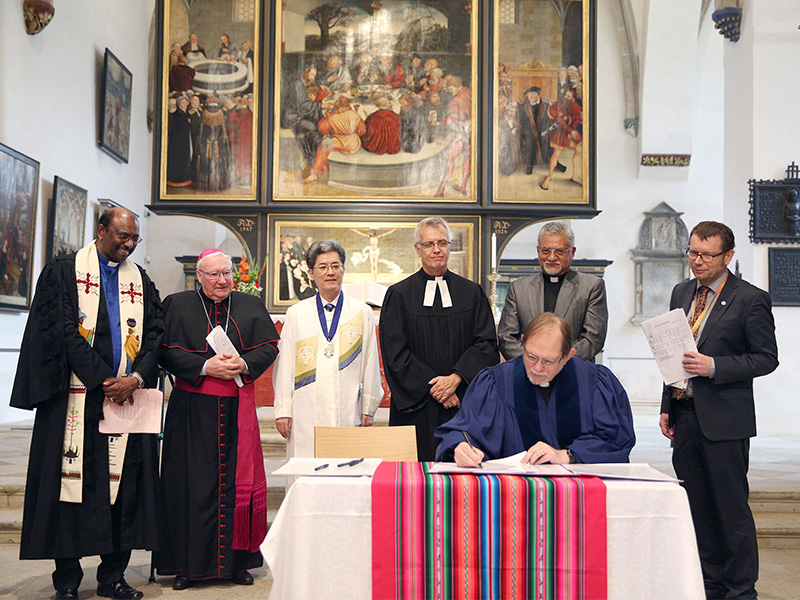
In the secular context of Europe, it is the non-religious more than the religious who are the most intolerant of Muslims, according to a study in the Journal for the Scientific Study of Religion (June). Sociologists Egbert Ribbverink, Peter Achterberg, and Dick Houtman conducted a multilevel analysis of the European Values Study (2008) and found that more secularized countries are on average more tolerant toward Islam and Muslims, yet at the same time, the strongest anti-Muslim attitudes are found among the non-religious in these countries. The authors first hypothesized that the religious Protestants would be the most negative about Islam since they are in competition with Islam in a secularized society. Instead they found that Protestants who take their faith most seriously are the most tolerant toward Muslims.
The researchers note, “There may be some sort of solidarity between these religious groups that struggle to hold on to their religion and their values in a secular context.” This solidarity may be why religious believers are found to be particularly welcoming toward refugees from Syria and Iraq in Western Europe. The researchers found that the strongest opposition towards Muslims was among the non-religious. But they did not find this opposition stemming from their secular values. They speculate the opposition may be due to the polarization a secular society experiences over the issue of Islam.
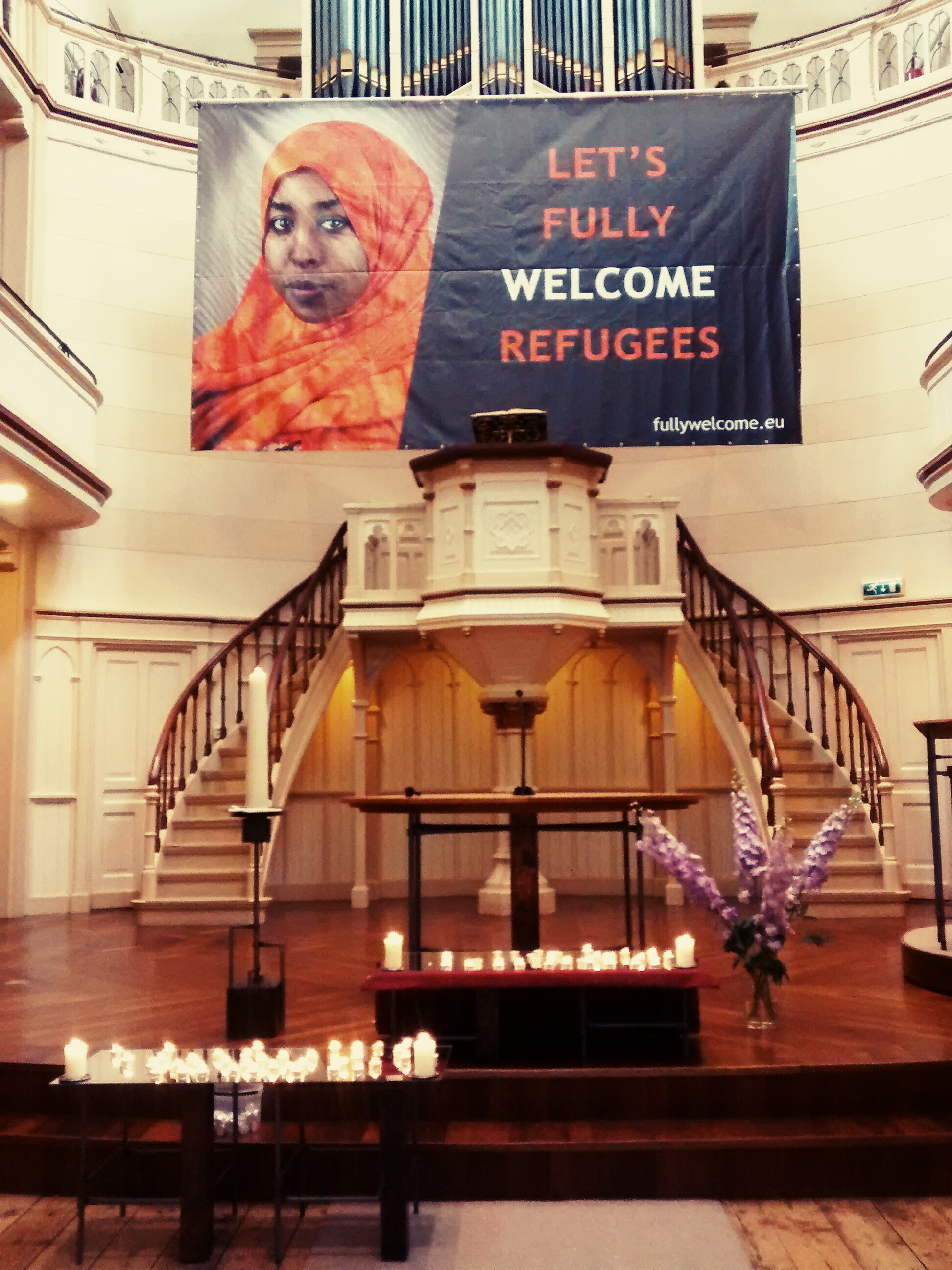
One of the first quantitative studies of Germanic Neopagans finds that most do not link their beliefs to their racial identity and eschew extremism, while they are open about their religion in public. The Internet-based survey, featured in Pomegranate: The International Journal of Pagan Studies (19.1), asked questions of about 3,000 respondents about Germanic/Norse Paganism, also known as Heathenism, and showed a relatively diverse following. Over half of them had come to Heathenism in the past five years, suggesting the movement is showing some popularity. Adherents of what author Joshua Marcus Cragle calls “universalist” and “centrist-tribalist” (which is open to people from other cultures) Heathenism far outnumber those adhering to the “folkish” variety (based on Germanic racial identity). But close to half of the respondents did view racism as a problem within “Heathenry,” at least among a minority of members. Other interesting findings include a somewhat high percentage of members in military/law enforcement (six percent), and that the largest Heathen demographic identify as “solitary practitioners”; northern Europe stood out as the only place where that pattern was not the case. Many came from eclectic backgrounds. Most of the respondents reported that they were open about their Heathenism most of the time.
(The Pomegranate, https://www.equinoxpub.com/home/journals/pom/)

Turkish Muslims are divided by generations in Germany, with the older generation more likely to embrace “fundamentalism” than the younger ones, according to Olaf Muller of the University of Muenster. In a paper presented at the meeting of the Association for the Sociology of Religion, he created a scale for fundamentalism going from zero to four based on how Muslims viewed themselves as following all Islamic teachings, their belief in the restoration of a Muslim society, and the exclusivity and superiority of their faith. Muller used a 2016 survey of 1,201 Turkish immigrants and residents and found that 57 percent of the first generation stressed following all Muslim teachings, compared to 36 percent of the second generation. On restoring a society based on Mohammad’s teachings, 36 percent of the first generation supported this position compared to 27 percent of the second generation. Forty percent of the first generation held the view that only Islam can solve the problems of our time compared with 22 percent of the second. Muller concluded that 13 percent of all Turkish Muslims in Germany could be considered fundamentalists (meaning they register a 4 on each of these positions).
